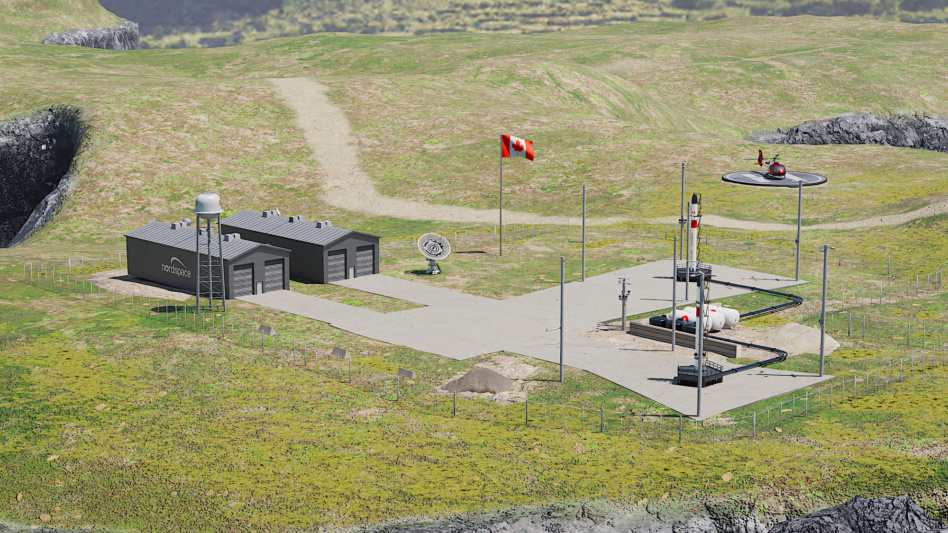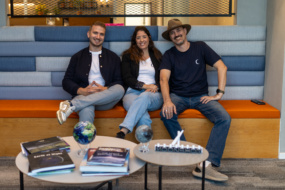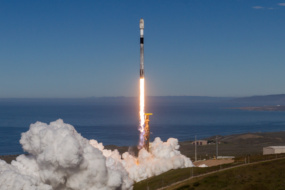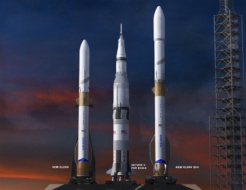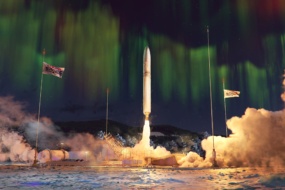The Canadians are done hitching rides to space.
NordSpace, the Ontario-based space engineering company, will invest $5M toward the first phase of Spaceport Canada, the company announced on Thursday.
Construction of what would be Canada’s first spaceport is expected to cost a total of $10-15M, with further investment coming from both the company and the Canadian Government.
“[Canada] has a long-standing space industry, just not launch… once we do that, Canada will really become a spacefaring nation,” NordSpace CEO Rahul Goel told Payload.
Location, location, location: NordSpace is currently evaluating four potential sites. Some of the factors influencing their final decision include:
- Existing support: NordSpace wants support from both the local community and provincial government, and as much existing infrastructure as possible—grid power, road access, nearby emergency facilities etc.
- Room to grow: The company expects to move much of its manufacturing and assembly closer to the launch site, and will need an area that can host its workforce and facilities.
- The right inclination: NordSpace is targeting a site that will allow launch to both equatorial and polar orbits, which will give the company access to a wide breadth of customer payloads and the ability to place satellites above the Arctic.
Pad Eh?: The spaceport will have two launch pads. Pad A will be held exclusively for NordSpace rockets, while Pad B will be able to support a variety of launch partners.
The company is planning to break in the pad with a suborbital launch as early as next year, and further construction will support its first orbital launch in the next three to four years.
The Technology Safeguards Agreement (TSA), a pending bilateral treaty between the US and Canada, will open the door for Spaceport Canada to launch US government payloads. To that end, NordSpace is working with the DoD, SSC, and Space Force to ensure that Pad B is built with the right architecture to support as many launch systems as possible.
“One of the challenges that the US is facing is a spaceport bottleneck,” Goel said.
